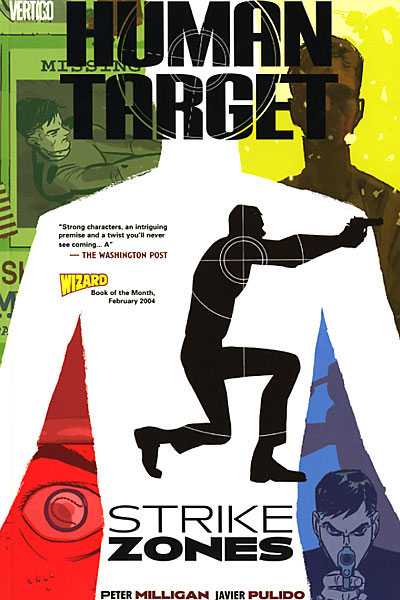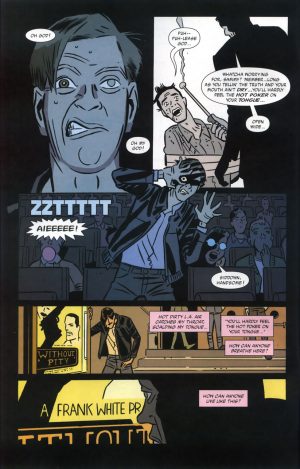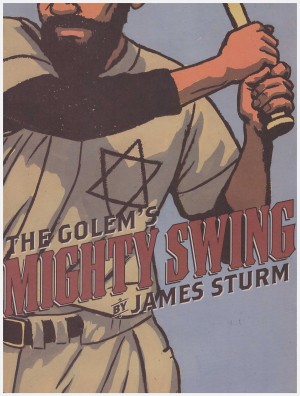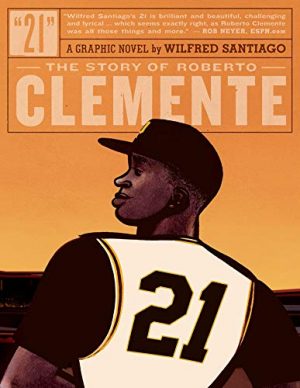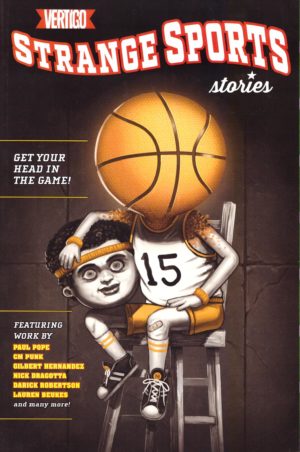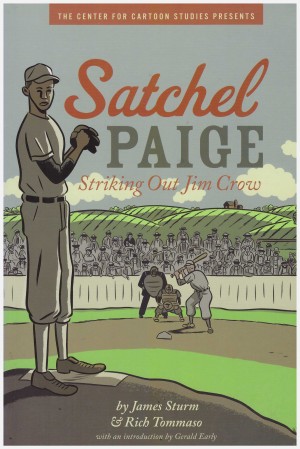Review by Frank Plowright
After a successful miniseries and a standalone graphic novel, combined as Chance Meetings, the Human Target under Peter Milligan’s guidance was granted an ongoing series in 2003, and Strike Zones combines three shorter stories.
The introduction continues directly from the earlier works, which established Christopher Chance’s mental state as variable. Has he decided to adopt the identity of departed film producer Frank White as he’s fallen in love with White’s wife? It’s not quite as strange as it may sound as it concerns a man whose trade is embedding himself deeply in the lives of others, impersonating people whose lives have been threatened. White has his own issues, peddling gratuitously imaginative violence in all his films. That’s only the opener, though, as Milligan’s well aware that how things were left in Final Cut was an ending, not the basis of the ongoing traumas of a man who stands in for threatened lives.
Having extricated Chance from those circumstances, Milligan supplies two very different stories, one about a man who’s used the tragedies of 9/11 to disappear, and the second about baseball. In the first identity is again the central theme. John Matthews let people assume he died to wipe out fraudulent activity and now lives a counterfeit life. It’s a little too coincidental how Chance, the man who trades identities for a living bumps into ‘Jack Martin’ and recognises him as a fake, but some brutal honesty about who and what he is follows as Matthews interferes in his old life.
Everything is drawn with an economical efficiency by Javier Pulido. He brings assorted characters to life in a form of cartoon realism, and there’s a more ambitious form of storytelling on offer, with locations integrated into conversations, and some great expressions. He even modifies his style from story to story. In the first there’s an almost Ditkoesque twisting of features, and for the final story he uses a lot of smaller panels and defines people with thinner lines.
That’s for the exploration of baseball games being fixed. Chance has to masquerade as Larry McGee, told McGee’s form is so bad there’s no way he’ll ever have to play, but what kind of suspense would there be if that were the case? Chance can mimic people to an uncanny degree, but can he instinctively learn to hit a baseball flying at him at 95 miles per hour? Milligan’s investigation was originally published just as the steroid scandal hit baseball, but baseball’s timeless, so there’s no dating, and some fine writing ends with some morbid musing about Ted Williams.
All three offerings are very good indeed, but just not quite as good as the longer material Milligan produced for his earlier outings as there’s less concentration on Chance’s troubled mind. However he’s back to that in Living in Amerika, or alternatively get them combined as Second Chances.
